WV - Need help with front yard landscaping
Design Girl
last year
last modified: last year
Featured Answer
Sort by:Oldest
Comments (112)
Design Girl
last yearDesign Girl
last yearRelated Discussions
need help with landscaping for front yard
Comments (6)I forgot to mention that it is part sun. The house faces southeast I think (sun rises in front of the house but off to the left of center a bit...I am not great at figuring out directions but I that makes it southeast). It is in Montana. I know all these plants grow well here because they are all over my neighborhood in people's landscaping. I do not want evergreens and ground cover. I want something pretty. I don't mind doing some work to maintain it, I just don't want to have to spend hours each week maintaining it....See MoreHelp with Front yard Landscape design - Amateur needs some help :)
Comments (2)zone is not enough ... we need a location.. big city name ... do you know your soil??? what direction does the front door face ... are the only shade trees the one on the left .... if there is clear sky above.. im not sure i would even call this part shade .. if this is a winter pic.. do you have a summer pic to see such?? winner winner chicken dinner is done.. more tomorrow ken...See MoreNeed help with front porch/yard landscaping ideas
Comments (14)I'm sorry but a 22" width is not sufficient room to grow much of anything other than annuals or some smaller perennials. About the only evergreen shrub it could accommodate is dwarf English boxwood and even that would need to be routinely sheared to keep it in bounds. Spreading yews could work as well but they would also need routine shearing - they grow faster and larger than the box. From a design and aesthetic viewpoint, your charming home (and it is indeed very charming) is being unpleasantly upstaged by the massive expanse of gravel. Unless this is a B&B or you have a fleet of cars you need permanent parking for, pull it back and allow at least some semblance of a front garden. Get rid of the brick borders and pull those beds out even with the stone landing at the very least. Personally, I'd likley get rid of 75% or more of the gravel. Other than convenience, it is adding nothing to the curb appeal. The choice is a parking lot or a garden....See MoreFront yard landscaping help needed!!!!
Comments (35)How much of the other side of the driveway does your property extend? In my first house I had a similar driveway/walkway. I had the bed go all the way to the driveway and across to the other side. An imaginary line across the driveway is my best description. I always wanted more beds and loved that zone on the garage side that most people seem to forget and not utilize. This also made it easier for me to landscape over time. I cleared the grass out of the new beds and covered in mulch. Then I could choose small sections to fill in over time, not all in one season. The plain mulched areas still looked nice and I would put potted plants in to get an idea of what would work where....See MoreDesign Girl
last yearmad_gallica (z5 Eastern NY)
last yearDesign Girl
last yearkl23
last yearkl23
last yearDesign Girl
last yearSigrid
last yearDesign Girl
last yearDesign Girl
last yearColleen Bozarth
last yearGina Cirelli
last yearJeff Kirkham
last yearlast modified: last yeargardengal48 (PNW Z8/9)
last yearlast modified: last yearaniluap2
last yearlittlebug Zone 5 Missouri
last yearlast modified: last yearDesign Girl thanked littlebug Zone 5 Missouriangelwynd7
last yearKimberly Carter
last yeargardengal48 (PNW Z8/9)
last yearcyn427 (z. 7, N. VA)
last yearlast modified: last yearDesign Girl
last yearkl23
last yearDesign Girl
last yearlast modified: last yearDesign Girl
last yearmad_gallica (z5 Eastern NY)
last yearDesign Girl
last yearkl23
last yearkl23
last yearkl23
last yearkl23
last yearkl23
last yeargardengal48 (PNW Z8/9)
last yearDesign Girl
last yeargardengal48 (PNW Z8/9)
last yearaniluap2
last yeargardengal48 (PNW Z8/9)
last yearlast modified: last yearDesign Girl
last yearaniluap2
last yearDesign Girl
last yearlittlebug Zone 5 Missouri
last yearlast modified: last yearmad_gallica (z5 Eastern NY)
last yearDesign Girl
last yearbtydrvn
last yearbtydrvn
last yearkl23
last yearkl23
last year
Related Stories

CURB APPEAL7 Questions to Help You Pick the Right Front-Yard Fence
Get over the hurdle of choosing a fence design by considering your needs, your home’s architecture and more
Full Story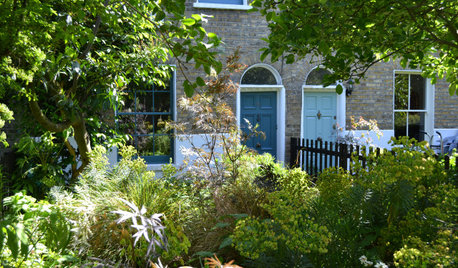
LANDSCAPE DESIGNYard of the Week: Romantic Cottage Garden in a Small Front Yard
Landscape designers plant layers of grasses and flowers to create a gorgeous green space in front of a London home
Full Story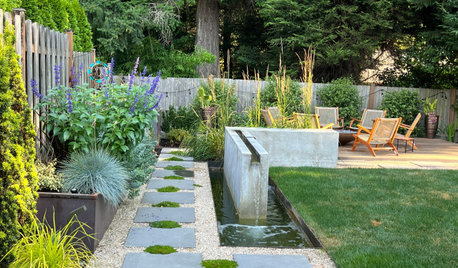
LATEST NEWS FOR PROFESSIONALS12 Ideas From Landscape Pros to Elevate a Yard’s Design
Find out which elements landscape designers and contractors are using to take their projects to the next level
Full Story
LANDSCAPE DESIGN12 Ideas From Landscape Pros to Elevate Your Yard’s Design
Learn which elements landscape designers and contractors use to take their projects to the next level
Full Story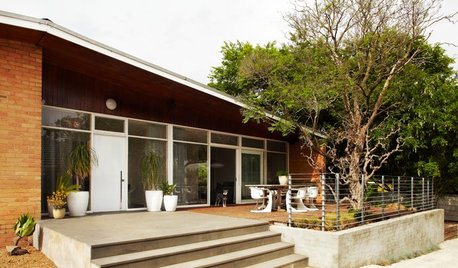
GARDENING AND LANDSCAPINGTake Back Your Front Yard: 8 Ways to Make It Social
If only trees and squirrels gather in your front yard, you're missing out on valuable socializing space. Here's how to remedy that
Full Story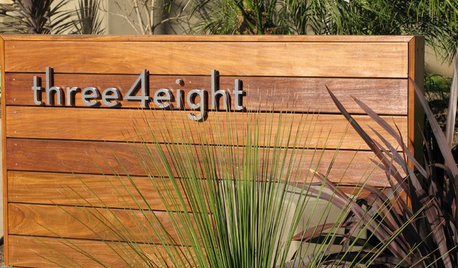
CURB APPEAL7 Finishing Touches for a Thoughtful Front Yard
Make a great first impression with artful house numbers, water features, garden art and more
Full Story
FRONT YARD IDEAS10 Ideas for a Front-Yard Edible Garden Your Neighbors Will Love
Choosing attractive, well-mannered plants and sharing the bounty will go a long way toward keeping the peace
Full Story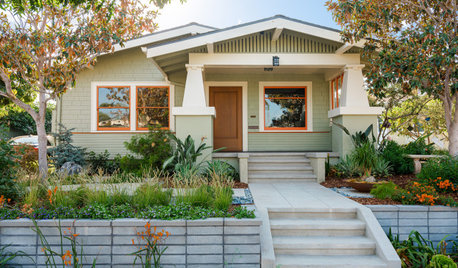
LANDSCAPE DESIGN10 Questions to Ask Before Starting a Front Yard Redesign
Make these decisions before you begin, to create a space that works hard and looks beautiful
Full Story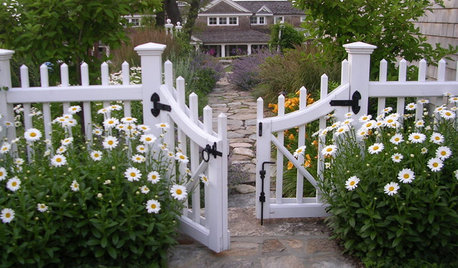
CURB APPEAL7 Ways to Create a Neighborly Front Yard
Foster community spirit by setting up your front porch, paths and yard for social interaction
Full Story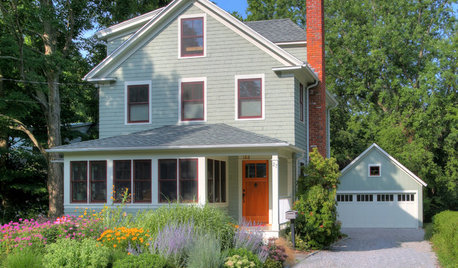
GREAT HOME PROJECTSUpgrade Your Front Yard for Curb Appeal and More
New project for a new year: Revamp lackluster landscaping for resale value, water savings and everyday enjoyment
Full Story


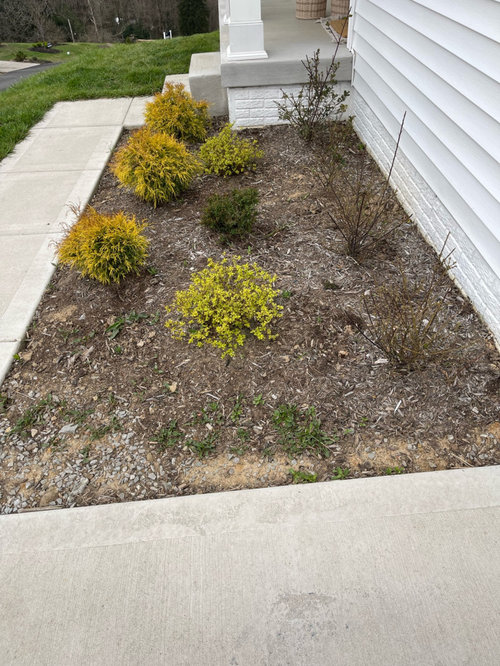

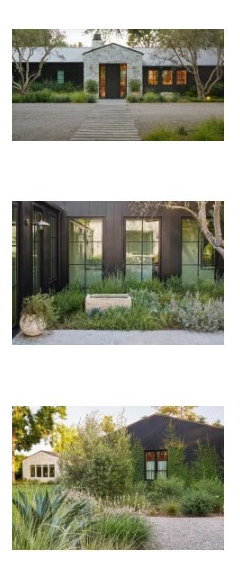




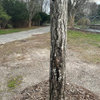
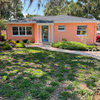

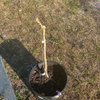

Dig Doug's Designs